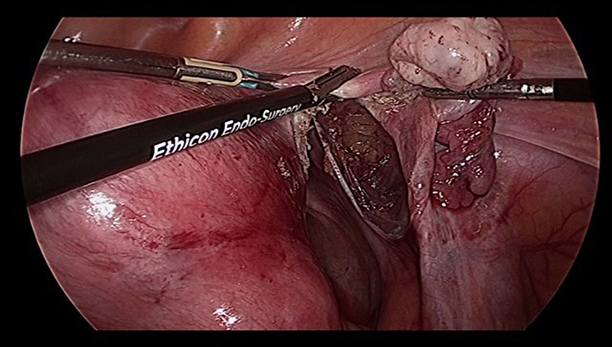
Non-Surgical
Permanent Birth Control
FemBloc, the only choice.
Non-Surgical
Permanent Birth Control
FemBloc, the only choice.



By delivering our specially designed blended polymer to your fallopian tubes, it causes a natural healing response and formation of your own tissue to block the fallopian tubes.
SAFETY: Through five years, there were no reported serious safety events. The most common non-serious safety events were spotting/bleeding and/or pelvic pain/cramps that usually resolved shortly after the procedure.1
EFFECTIVE: Although no contraceptive method is 100% effective, FemBloc demonstrated a 0% pregnancy rate in a subset of women who participated.1
1Liu, J. H., Blumenthal, P. D., Castano, P. M., Chudnoff, S. C., Gawron, L. M., Johnstone, E. B., Lee-Sepsick, K. (2025). FemBloc Non-Surgical Permanent Contraception for Occlusion of the Fallopian Tubes. J Gynecol Reprod Med, 9(1), 01-12. doi: 10.33140/ JGRM.09.01.05.
2Daniels et. al, Current contraceptive status among women aged 15-49: United States, 2017-2019. NCHS Data Brief, no 388. Hyattsville, MD: National Center for Health Statistics. 2020.
3National health statistics reports; no 60. Hyattsville, MD: National Center for Health Statistics. 2012.
Surgical sterilization or tubal ligation surgery, also known as having your tubes tied, is a form of permanent birth control. During the surgery, your fallopian tubes are cut, burned, and then tied or blocked using a clamp, clip, or band to prevent pregnancy by blocking sperm from connecting with your egg.
Risks of tubal ligation surgery include:
Real-world effectiveness of surgical (laparaoscopic) sterilization was evaluated in a large study (N=23,965) and concluded:
4 Gariepy et al. Comparative Effectiveness of Hysteroscopic and Laparoscopic Sterilization for Women: A Retrospective Cohort Study. Fertility and Sterility, 2022, 0015-0282. doi: 10.1016/j.fertnstert.2022.03.001.

Surgical sterilization is usually performed laparoscopically as shown

